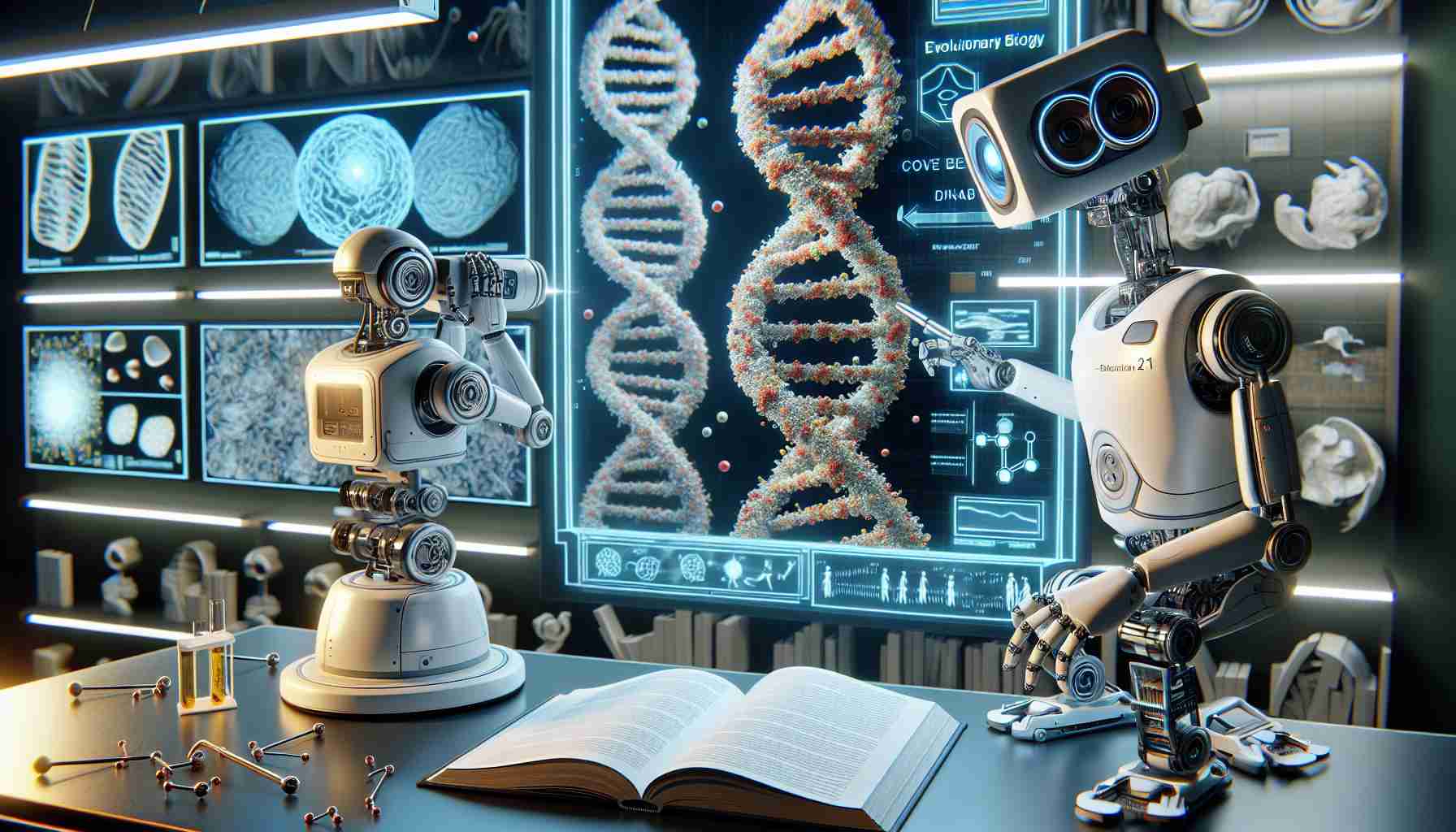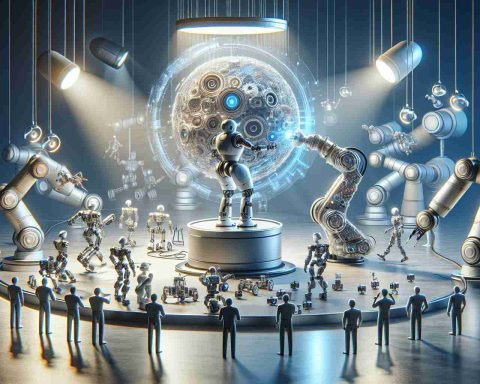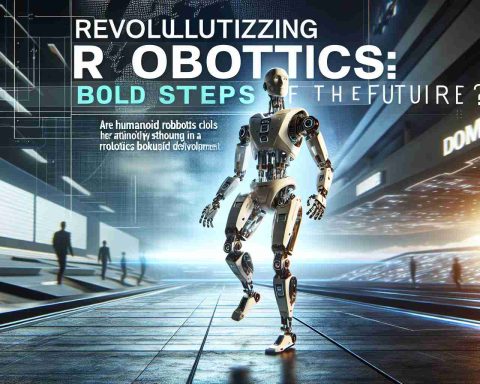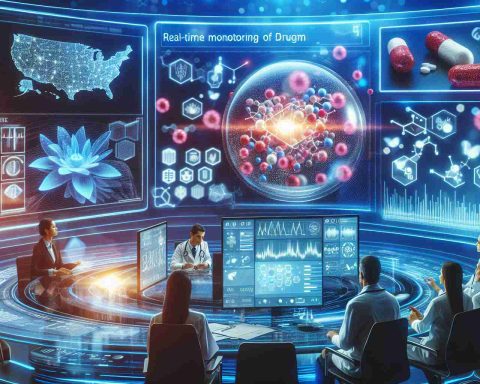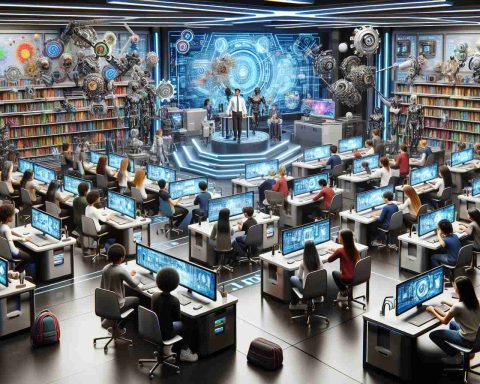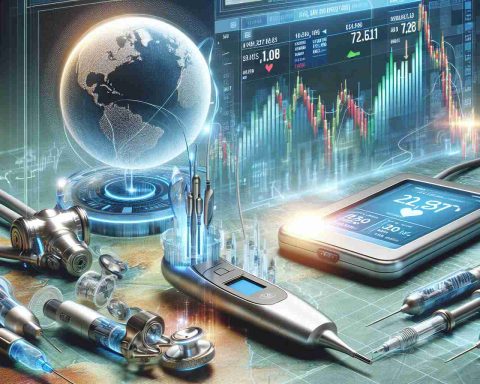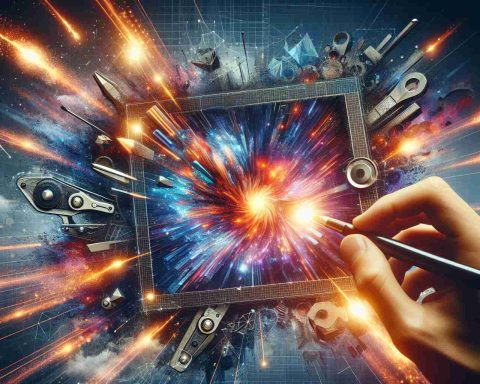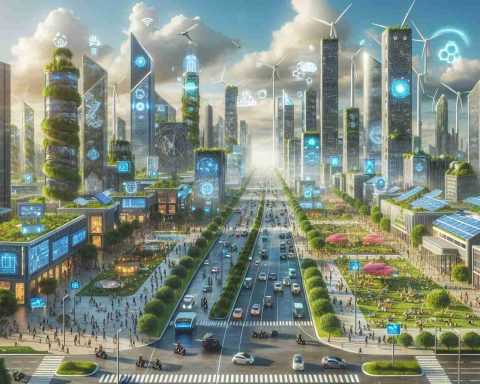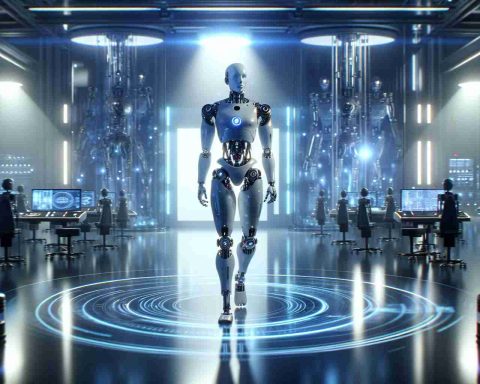In a groundbreaking study, researchers from the University of Cambridge are using advanced robotics to delve into the mysteries of evolution. Led by Dr. Michael Ishida, the team aims to bridge the gap between fossil data and the mechanics of ancient creature movements. By creating robots modeled after both living and extinct animals, they hope to investigate the crucial evolutionary transition from aquatic to terrestrial life that occurred around 390 million years ago.
The journey begins with the construction of robotic prototypes that emulate the features and motions of early vertebrates. These robots are equipped with sophisticated mechanical joints, simulating the muscular and skeletal systems of their ancestors. This innovative approach allows scientists to examine how anatomical changes influenced mobility, energy efficiency, and speed in ancient species.
Utilizing computer vision, the team translates video footage of living fish into mathematical models, facilitating precise analysis of joint stresses and locomotion dynamics. Their approach offers invaluable insights that are often obscured by incomplete fossil records. As the researchers develop their paleo-inspired robots, they anticipate that these machines will illuminate the movement patterns of prehistoric creatures and how these patterns shaped the evolutionary landscape.
The implications of this research extend beyond understanding the past. The findings could inform predictions about future species adaptations in response to modern evolutionary pressures, such as climate change. By integrating fields such as robotics, paleontology, and biology, this interdisciplinary effort promises to uncover profound truths about the evolution of life on Earth.
Unlocking the Secrets of Evolution: How Robots are Revolutionizing Our Understanding
In recent years, the intersection of robotics and evolutionary biology has unveiled new methodologies to comprehend the complexities of life’s development on Earth. The groundbreaking study from the University of Cambridge serves as a pivotal example of how robotics can shed light on evolutionary processes. This article explores additional facets of the research, uncovering new questions, challenges, advantages, and potential controversies related to this innovative approach.
What are the key questions that researchers are addressing?
1. How can robotics accurately mimic the anatomical structures of ancient species?
Researchers face the challenge of creating models that are both functional and anatomically correct. By leveraging detailed fossil records and utilizing advanced imaging technologies like CT scans, scientists aim to design more accurate robot prototypes.
2. What insights can robotic simulations reveal about evolutionary adaptations?
Understanding how certain features evolved to improve locomotion and survival can provide context for ecological dynamics. The calcium and mineral makeup of fossils can inform the construction of robotic limbs that replicate these attributes.
3. How do transitional forms between species help to clarify evolutionary steps?
The research teams are examining how the locomotion of homologous structures (like fins and limbs) offers insights into the evolutionary changes that led to terrestrial life.
What are the key challenges associated with this research?
One of the pivotal challenges in using robots to study evolution is the limited availability of complete fossil records. Many fossils are incomplete, making it challenging to build accurate models of ancient creatures. Additionally, the integration of ethical considerations concerning the implications of artificial life forms in studying evolution has sparked debates in both scientific and philosophical contexts.
What advantages do robotic models provide in understanding evolution?
– Enhanced Understanding of Mobility: Robotics enables real-time testing of various locomotion strategies in a controlled environment, which allows scientists to assess how different physical traits contribute to efficiency and adaptability.
– Interdisciplinary Collaboration: This research fosters collaboration across disciplines, such as robotics, paleobiology, and evolutionary theory, promoting a more holistic understanding of biological innovation.
– Predictive Modeling: Findings derived from robotic simulations may be used to anticipate the impacts of environmental changes on future species, offering a proactive approach to conservation and biodiversity management.
What are the potential disadvantages or controversies?
– Oversimplification of Complex Traits: Critics argue that robotic models might oversimplify the nuances of biological evolution and the intricate relationships between ecology, behavior, and evolution.
– Cost and Accessibility: Developing advanced robotic models is expensive, which could limit accessibility for many research institutions, creating an imbalance in evolution research.
Looking Ahead
As robotics continue to evolve, their role in understanding biological history is likely to expand. The integration of artificial intelligence with robotic simulation could lead to even more profound revelations in evolutionary studies.
For further exploration of how robotics and biology intersect, visit Cambridge University Press for access to various academic papers and resources on the subject.
In conclusion, the emerging field of robotics applied to evolutionary research is full of promise but also requires careful navigation of its complexities. The journey to decode the secrets of evolution is just beginning, and the interplay of technology will undoubtedly enhance our comprehension of the natural world.

